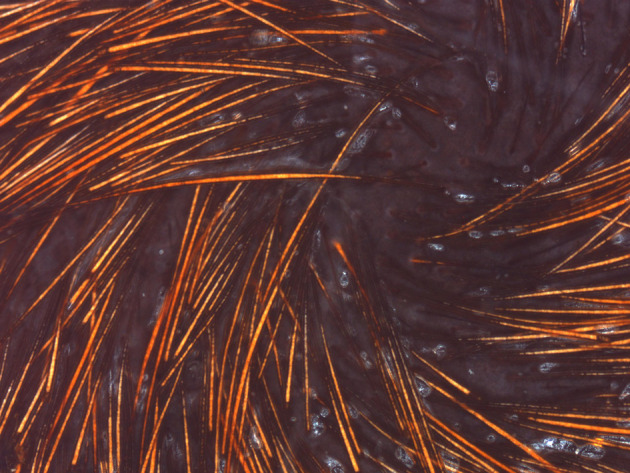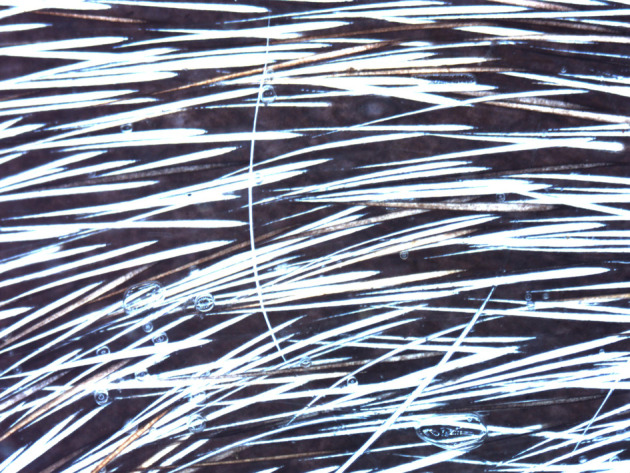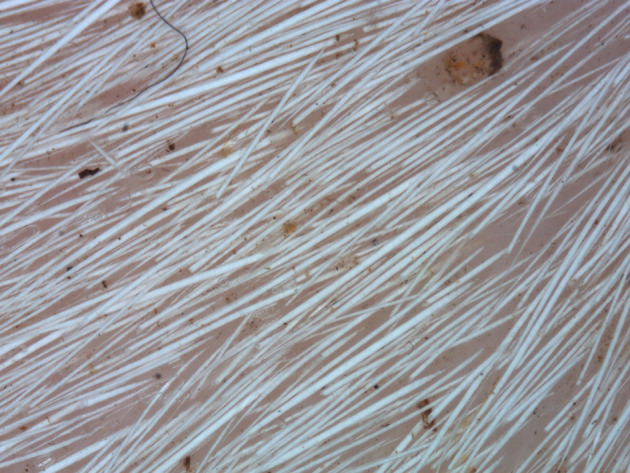Videodermoscopic examination of the skin and its products in purebred Arabian horses in the summer season.
Q3 Veterinary
引用次数: 0
Abstract
Videodermoscopy is a method that enables the examination of many parameters of the skin and its structures. The aim of this study was to assess specific dermoscopic parameters in purebred Arabian horses during the summer. The study involved 21 clinically healthy purebred Arabian horses (18 mares and three stallions) that had not been used for breeding and were 1 to 25 years old. The videoderoscopic evaluation was performed on seven selected areas of the body: forehead, mane, neck, chest, flank, rump, and tail. The tests were carried out with Vidix and Olympus cellSens specialised software. Videodermoscopy revealed that the skin was pigmented in all of the bay horses, in one of the seal brown horses, and in the 10 grey horses. Only one grey horse and one chestnut horse had unpigmented skin. Hair thickness ranged from 44.82 µm (neck) to 75 µm (mane). Regarding the amount of hair in the field of view, the highest and lowest numbers of hairs were found on the neck (3,004) and mane (990), respectively. A valuable insight obtained from our research is that it is possible to use digital image analysis for precise quantitative and qualitative evaluations of the skin and its structures.



夏季纯种阿拉伯马皮肤及其制品的电视皮肤镜检查。
视频皮肤镜检查是一种能够检查皮肤及其结构的许多参数的方法。本研究的目的是评估纯种阿拉伯马在夏季的特定皮肤镜参数。这项研究涉及21匹临床健康的纯种阿拉伯马(18匹母马和3匹种马),这些马没有用于繁殖,年龄在1到25岁之间。在七个选定的身体部位进行了视像镜评估:前额、鬃毛、颈部、胸部、侧翼、臀部和尾巴。这些测试是用Vidix和奥林巴斯cellSens专用软件进行的。视频皮肤镜检查显示,所有的海湾马、其中一匹海豹棕马和10匹灰马的皮肤都有色素。只有一匹灰马和一匹栗色马的皮肤没有色素。毛发厚度从44.82微米(颈部)到75微米(鬃毛)不等。就视野范围内的毛发数量而言,最多的是颈部(3004根),最少的是鬃毛(990根)。从我们的研究中获得的宝贵见解是,可以使用数字图像分析对皮肤及其结构进行精确的定量和定性评估。
本文章由计算机程序翻译,如有差异,请以英文原文为准。
求助全文
约1分钟内获得全文
求助全文

 求助内容:
求助内容: 应助结果提醒方式:
应助结果提醒方式:


